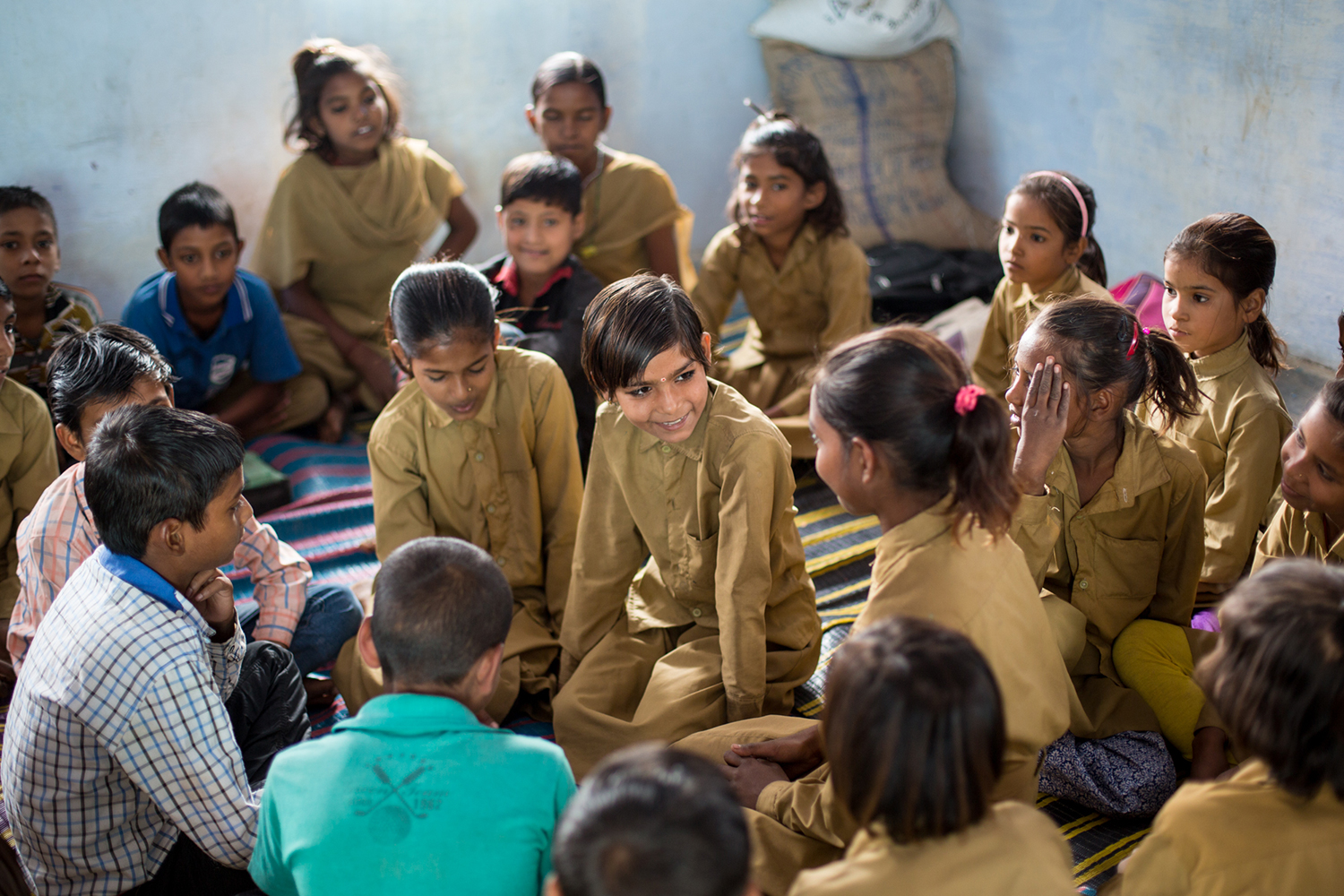Empowering the girl child in India is a critical step towards achieving gender equality and social progress. This blog explores the success stories and challenges faced in empowering girls through education, highlighting the transformative impact of supporting the girl child.
The Importance of Educating Girls
Education is a powerful tool for empowering girls and breaking the cycle of poverty. Educated girls are more likely to become economically independent, make informed decisions, and contribute positively to their communities. In India, significant efforts are being made to promote girls’ education and empowerment.
Success Stories
1. Anika’s Journey to Success
Anika, a girl from a rural village in India, faced numerous barriers to education. Through the support of educational NGOs, she received the resources and encouragement needed to pursue her studies. Today, Anika is a successful engineer, inspiring other girls in her community to dream big and strive for excellence.
2. Priya’s Advocacy for Girls’ Education
Priya, who benefitted from sponsorship programs, is now a vocal advocate for girls’ education in India. She uses her platform to raise awareness about the importance of educating girls and works with local organizations to support educational initiatives. Priya’s story highlights the ripple effect of empowering one girl and its broader impact on society.
Challenges Faced by Girls in India
1. Societal Norms and Gender Bias
Societal norms and gender biases continue to pose significant challenges to girls’ education in India. In many communities, girls are expected to prioritize domestic responsibilities over education. Challenging these norms requires persistent efforts and community engagement.
2. Economic Barriers
Economic barriers often prevent families from sending their daughters to school. The cost of education, including school fees, uniforms, and supplies, can be prohibitive for low-income families. Scholarships and financial support are essential to overcoming these barriers.
3. Safety Concerns
Safety concerns, including the risk of harassment and violence, deter many girls from attending school. Creating safe and secure learning environments is crucial to ensuring that girls can pursue their education without fear.
Initiatives for Empowering Girls
1. Scholarship Programs
Scholarship programs provide financial assistance to girls, enabling them to continue their education. These programs cover school fees, supplies, and other educational expenses, reducing the financial burden on families.
2. Community Awareness Campaigns
Awareness campaigns aim to change societal attitudes towards girls’ education. By engaging community leaders, parents, and local organizations, these campaigns promote the value of educating girls and encourage community support.
3. Safe Learning Environments
Ensuring that schools are safe and welcoming for girls is essential for their education. Initiatives to improve school infrastructure, provide security, and promote gender-sensitive policies create conducive learning environments.
The Role of NGOs
Non-governmental organizations (NGOs) play a crucial role in empowering girls in India. They implement educational programs, provide resources, and advocate for policy changes that support girls’ education. NGOs work at the grassroots level to address the unique challenges faced by girls in different regions.
Empowering the girl child in India through education is essential for achieving gender equality and social progress. Success stories like those of Anika and Priya demonstrate the transformative impact of supporting girls’ education. However, challenges such as societal norms, economic barriers, and safety concerns must be addressed to ensure that all girls have the opportunity to succeed. By supporting educational initiatives, raising awareness, and creating safe learning environments, we can empower the girl child in India and create a brighter future for all.




